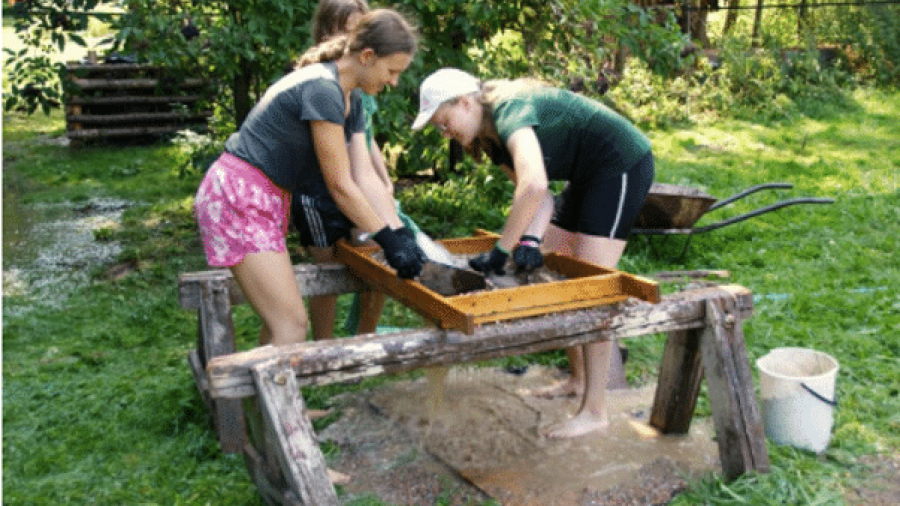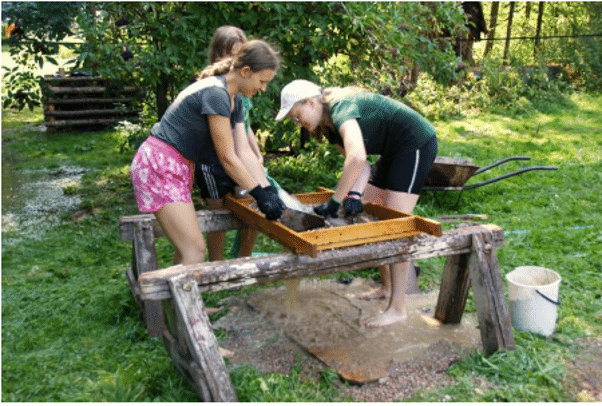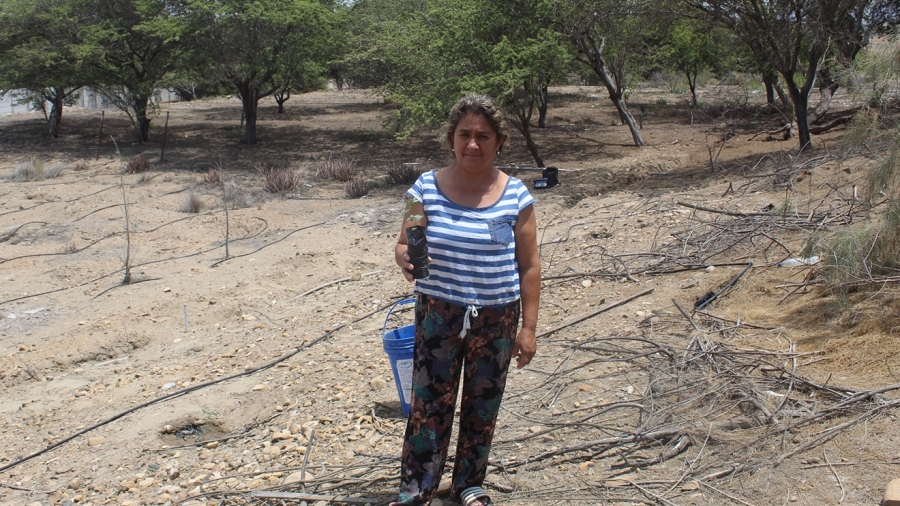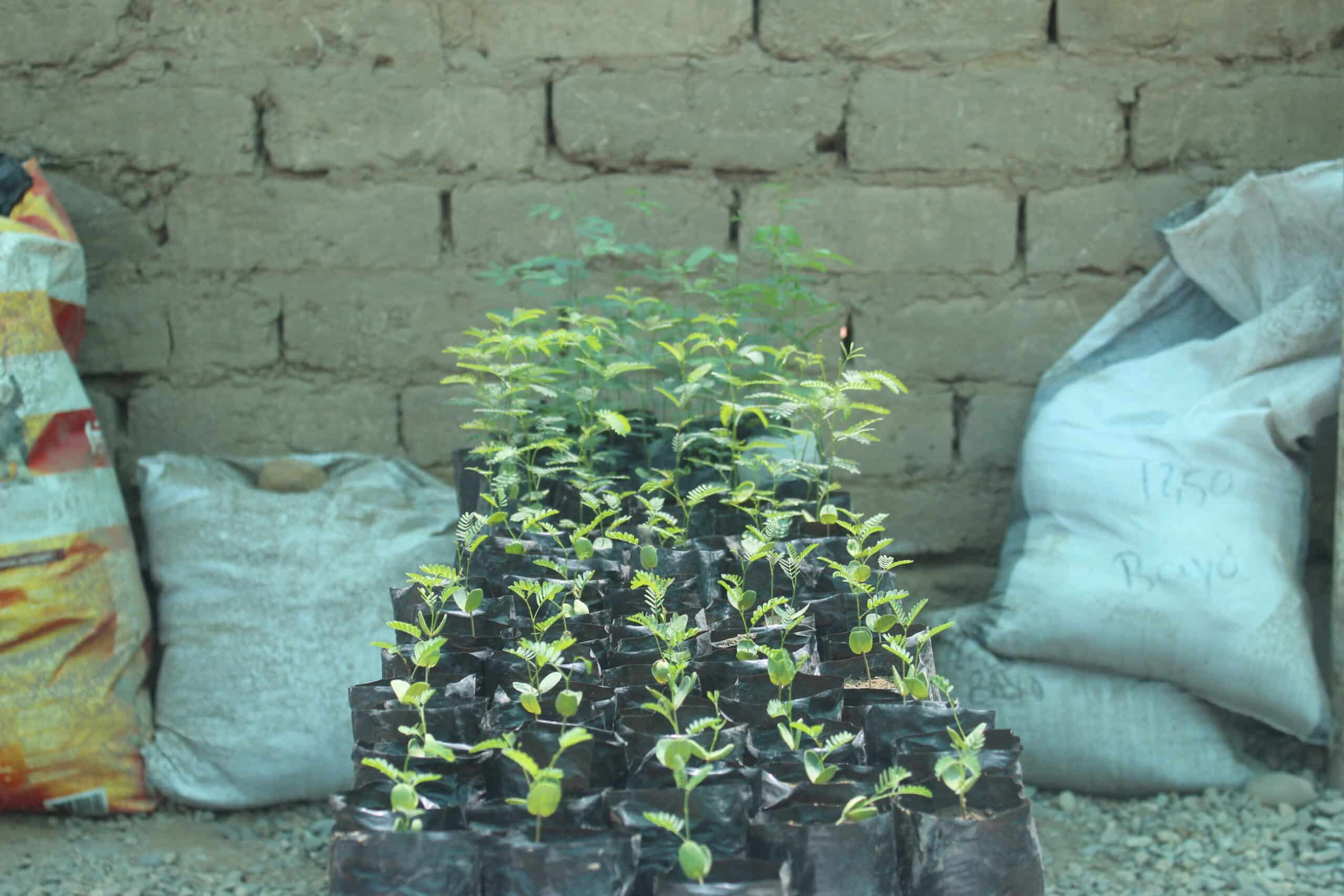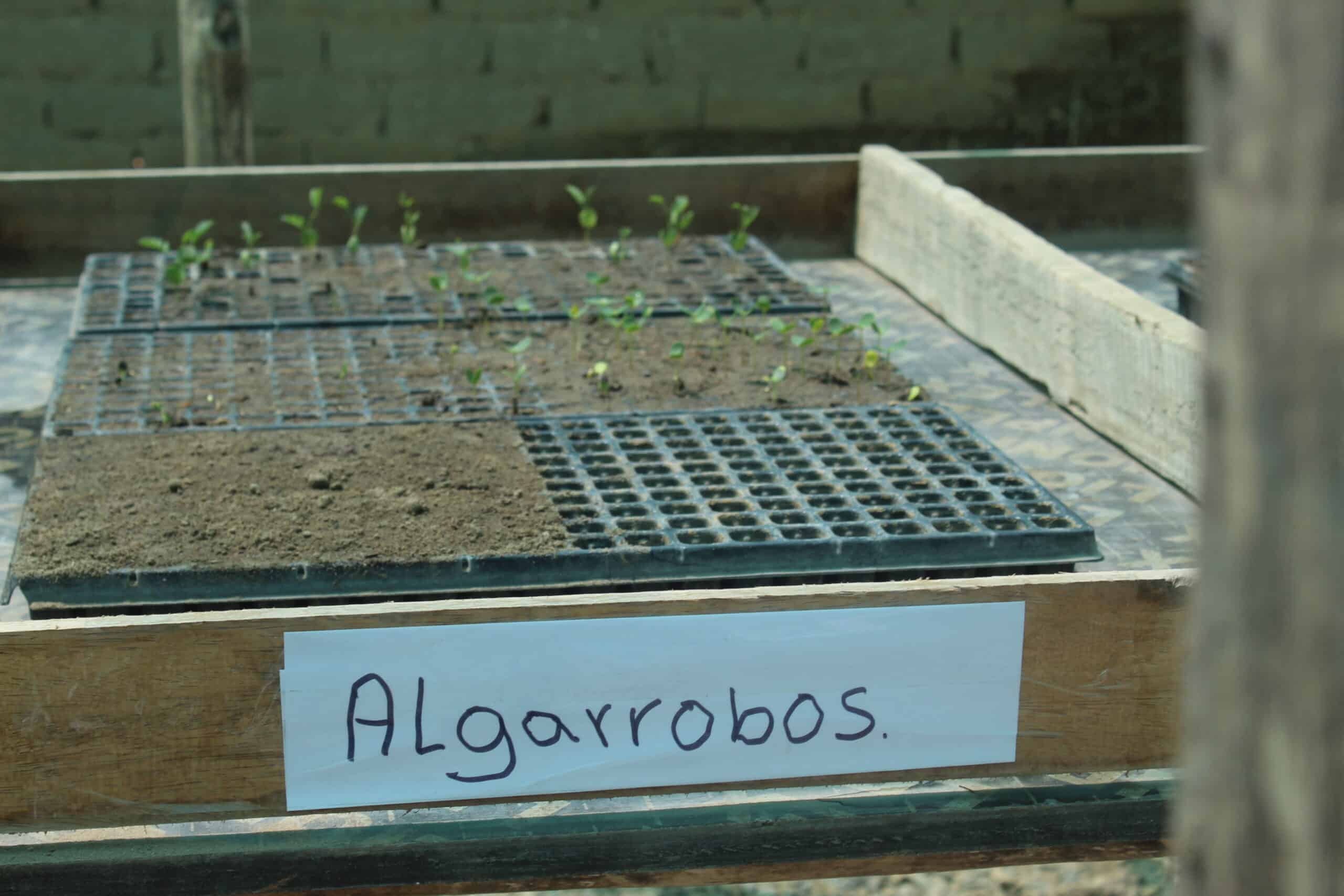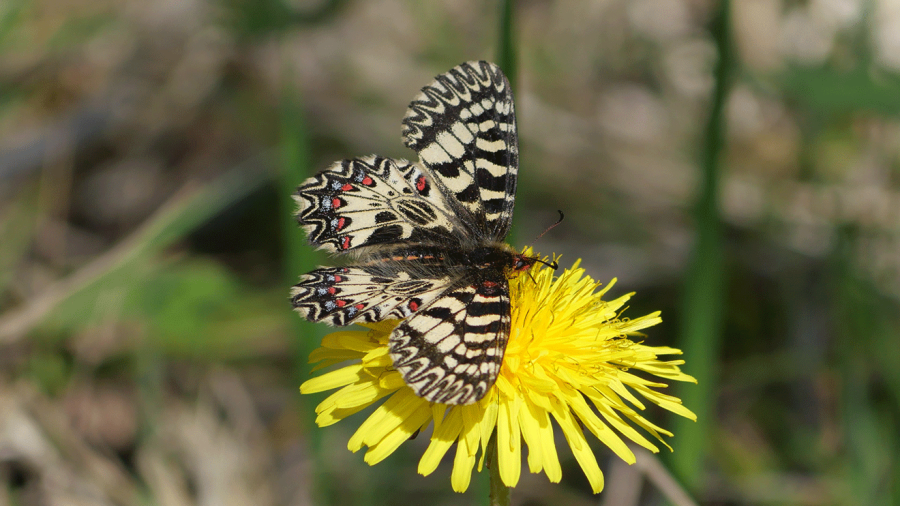The Domaine des Courmettes is a magnificent natural area managed by A Rocha France, a Christian environmental protection association, which organizes numerous stays, seminars and group events throughout the year.
We’re looking for volunteers to help out in the kitchen all year round, particularly in April and July-August.
- Are you interested in helping out with training or vacation stays?
- Do you enjoy working in a (small) team?
- Are you comfortable with potentially repetitive tasks (cutting, peeling, washing up, etc.)?
We’re offering you the chance to join our team and help prepare meals for our holiday participants:
- at least one week, more if possible (we prefer applications for longer periods)
- in an exceptional natural setting between sea and mountains
- with the possibility of taking part in certain activities (depending on scheduling constraints)
- ….. and the opportunity to meet people of all ages and backgrounds!

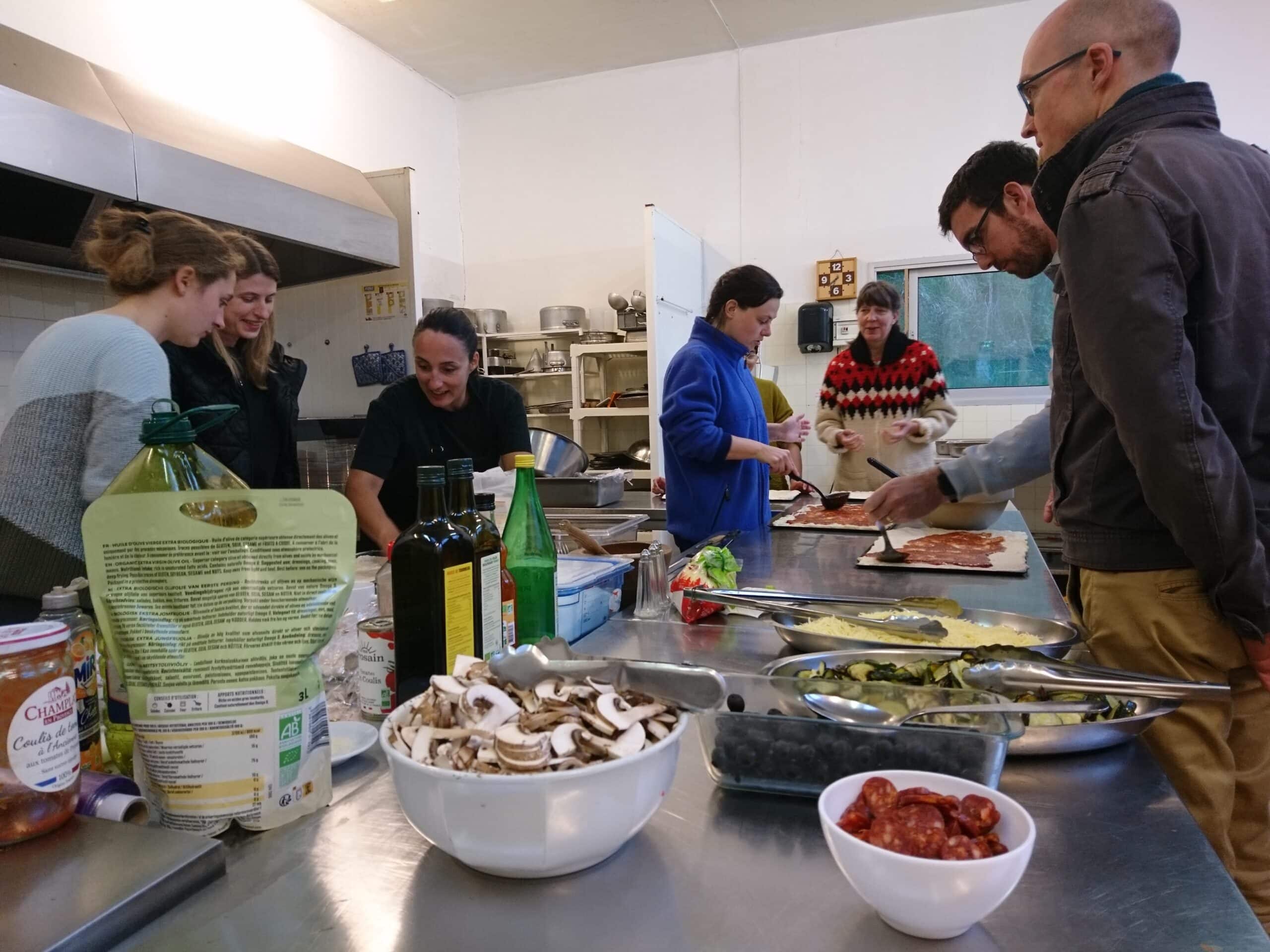
- 4 to 5 hours work per day
- Saturday afternoons and Sunday mornings off + 1 day a week
- Room and board: 16.50€ / day or tent: 11€ / day
- Or possibility of combining volunteer work with vacation on site….
To contact us, please click the link below and fill in the online form
You can also contact us directly at: [email protected]
![DSC_2036[1]](https://arocha.org/wp-content/uploads/2025/04/DSC_20361-scaled-900x506.jpg)
